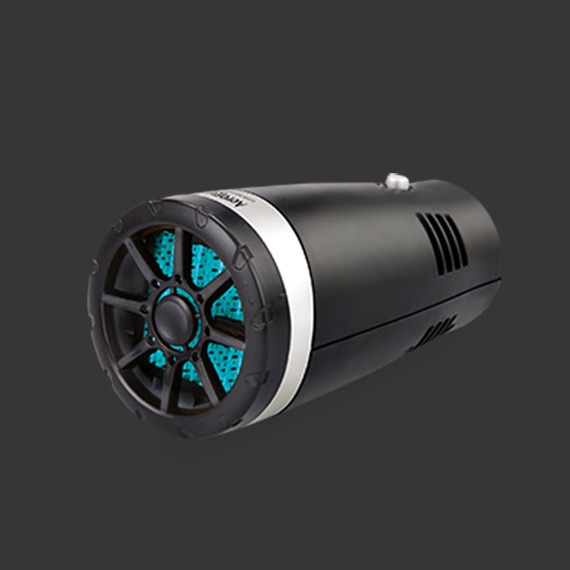Optimizing Your Bicycle's Rear Derailleur Cable for Smooth Shifting Performance
Understanding Rear Derailleur Cables A Guide for Cyclists
Cycling enthusiasts know that the performance of a bicycle greatly depends on its components, and one of the critical elements in ensuring smooth gear shifts is the rear derailleur cable. This seemingly simple component plays a pivotal role in the functionality of a bike’s gear system. In this article, we'll delve into the importance, functions, and maintenance of rear derailleur cables, equipping cyclists with the knowledge needed to enhance their riding experience.
What is a Rear Derailleur Cable?
The rear derailleur cable is a thin wire that connects the shifter (located on the handlebars) to the rear derailleur (mounted on the rear of the bike). When a cyclist shifts gears, the shifter pulls or releases the cable, which in turn moves the rear derailleur. This movement adjusts the position of the derailleur, which guides the chain onto different gears on the rear cassette. As such, the rear derailleur cable is integral to achieving accurate and responsive gear changes.
Importance of a Properly Functioning Cable
A well-functioning rear derailleur cable impacts not only gear shifting performance but also the overall efficiency of a bike
. If the cable is frayed, stretched, or corroded, it may result in sluggish or imprecise shifting. This can lead to missed gears and can even cause damage to other components of the drivetrain over time. Therefore, ensuring that the cable is in good condition is vital for a smooth riding experience, especially during challenging terrains or competitive rides.Signs of Wear and When to Replace
Cyclists should be vigilant when monitoring their rear derailleur cables for signs of wear. Common indicators that a cable may need replacing include
rear derailleur cable

1. Visible Fraying Check for any strands of the cable that appear frayed or damaged. 2. Reduced Shifting Performance If you experience inconsistent or unresponsive shifts, it may be time for a replacement. 3. Rust or Corrosion A rusty cable can lead to increased friction, affecting the derailleur's ability to move smoothly.
Replacing a rear derailleur cable is a straightforward process that can be done with minimal tools. Regular inspections can save you from potential issues during rides.
Maintenance Tips
To extend the lifespan of your rear derailleur cable and ensure optimal performance, consider the following maintenance tips
- Keep It Clean Regularly clean the cable and housing to remove dirt and grime, which can cause wear. - Lubrication A light application of lubricant on the cable can reduce friction, promoting smoother operation. - Check Tension Ensure that the cable tension is properly adjusted, which contributes to precise gear shifts. If the tension is too slack or too tight, it can affect shifting performance negatively.
Conclusion
Investing time in understanding and maintaining your rear derailleur cable can significantly enhance your cycling experience. By being proactive in monitoring the condition of your cable and addressing signs of wear, you can ensure that your bike’s shifting system operates at its best, ultimately leading to more enjoyable and efficient rides. Whether you are a casual rider or an avid cyclist, keeping your rear derailleur cable in top shape is key to a seamless cycling adventure.
-
Workings of Clutch Pipe and Hose SystemsNewsJun.04,2025
-
The Inner Workings of Hand Brake Cable SystemsNewsJun.04,2025
-
The Secrets of Throttle and Accelerator CablesNewsJun.04,2025
-
The Hidden Lifeline of Your Transmission Gear Shift CablesNewsJun.04,2025
-
Demystifying Gear Cables and Shift LinkagesNewsJun.04,2025
-
Decoding Clutch Line Systems A Comprehensive GuideNewsJun.04,2025
